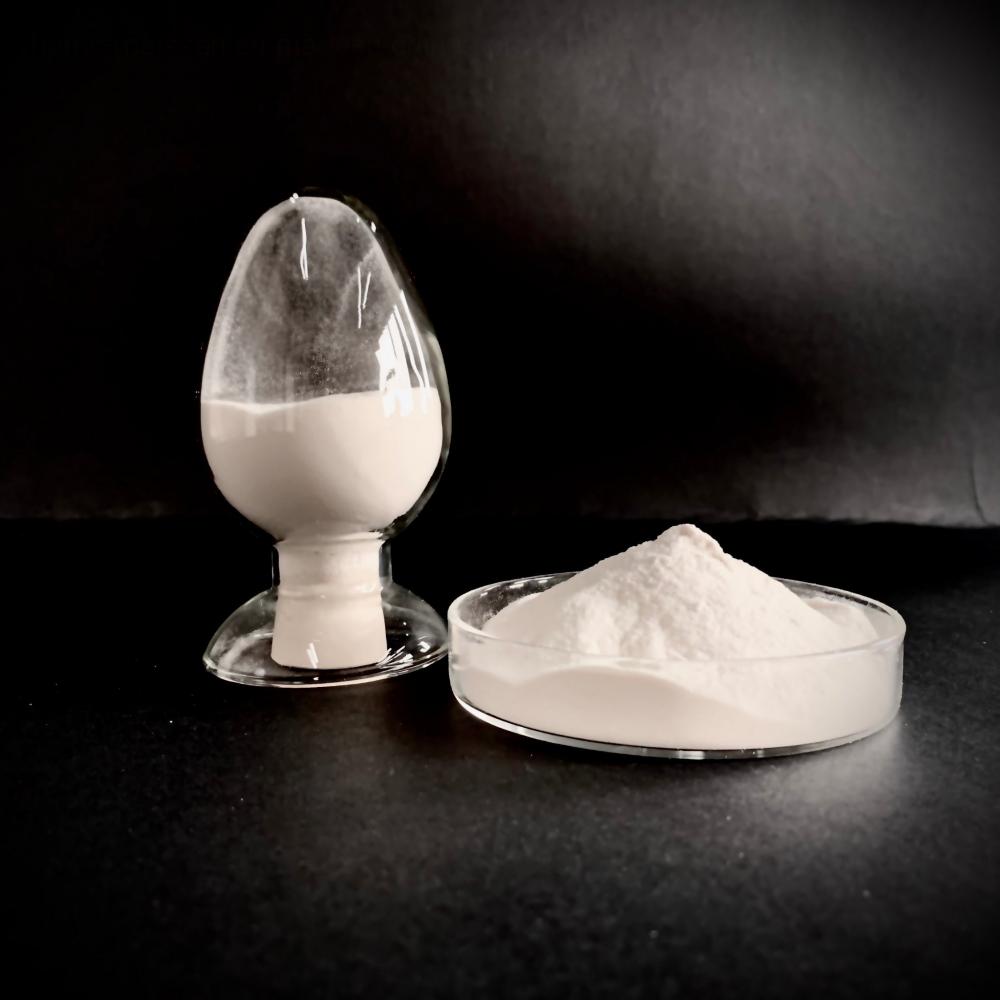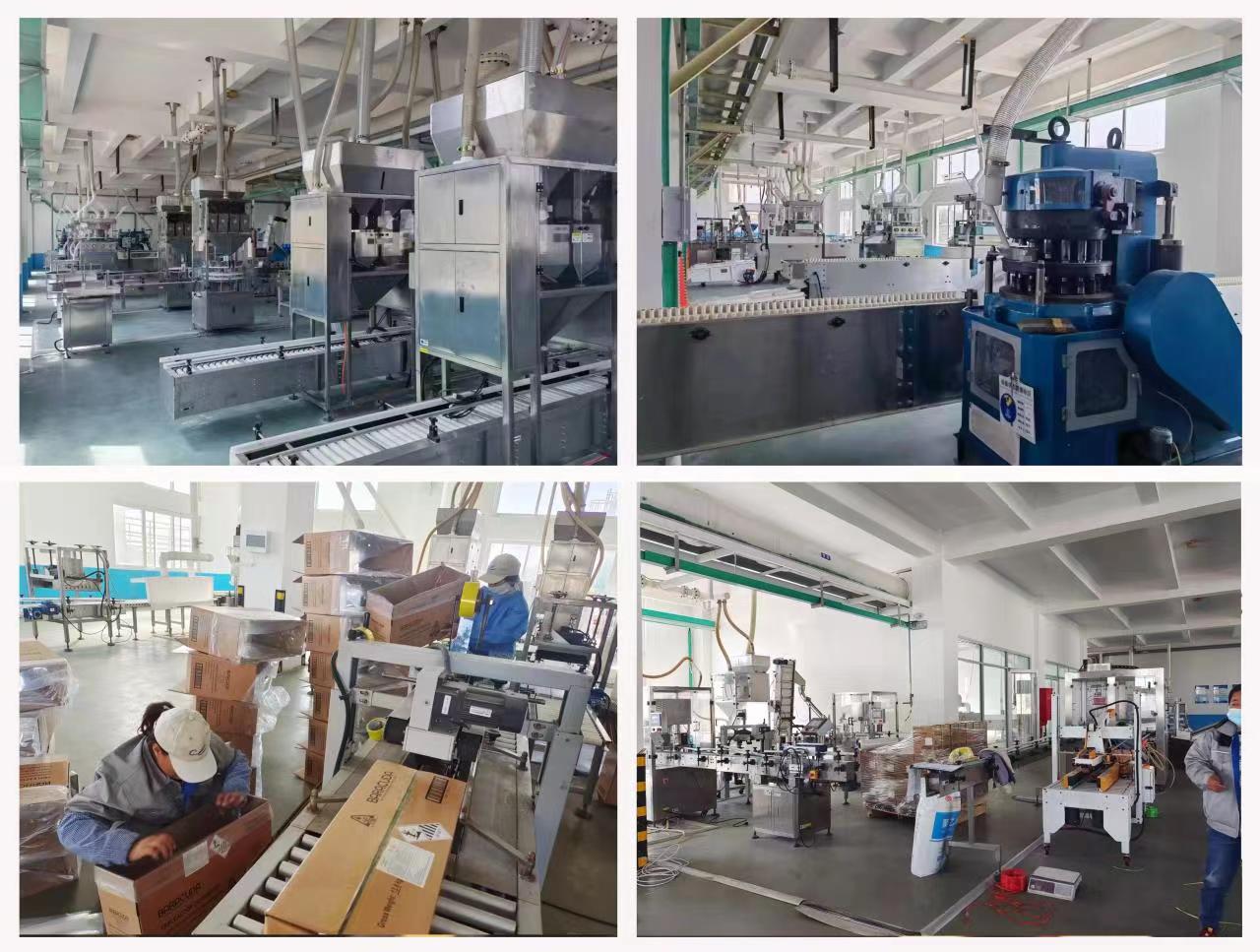

Select Language


Payment Type:L/C,T/T,D/P,D/A
Incoterm:FOB,CFR,CIF,EXW
Brand: kopeo
CAS NO.: 9004-65-3
Classification: Other Adhesives
Usage: Construction
Type: General Purpose
Color: White Powder
Purity: 98%
Place Of Origin: China
Application Field: Construction
Other Names: HYDROXYPROPYL METHYL CELLULOSE
Application: Paint industry,Building materials industry
Payment Type: L/C,T/T,D/P,D/A
Incoterm: FOB,CFR,CIF,EXW
Classification of Hydroxypropyl Cellulose
Highly substituted Hydroxypropyl Cellulose properties
1, soluble in water and a variety of organic solvents at room temperature. Such as: anhydrous methanol, ethanol, isopropanol, propylene glycol, dichloromethane, also soluble in acetone, chloroform, toluene and fiber solvent, the solution is transparent.
2、H-HPC is a good thermoplastic substance, with excellent film-forming properties, the film is very tough, good gloss, full elasticity. The ash content is very low, so this product has excellent adhesion, as an emulsion viscosity, very stable, and good dispersion.
3、H-HPC itself has no pharmacological effect, non-toxic, harmless to the physiology.
4, H-HPC is chemically inert, difficult to chemical reaction with other substances.
5, substituent distribution is more uniform, full, H-HPC antibacterial strong.
6、Low equilibrium wet content.
7、Because of its non-ionic nature, the product will not gel in acidic solution and shows excellent stability in a wide range of PH values.
8、The concentrated solution of H-HCP can form regular orientation liquid crystal.
9, H-HPC aqueous solution has a surface-active effect.
10, its aqueous solution with the increase and decrease of temperature, through the reversible process of gelation and dissolution.
Low-substituted Hydroxypropyl Cellulose properties
1, properties: low-substituted hydroxypropyl cellulose is insoluble in water; insoluble in ethanol, acetone or ether, soluble in 10% sodium hydroxide solution.
2、Compatibility changes: low-substituted hydroxypropyl cellulose can not be paired with other high-concentration electrolytes, or cause "salting out". Dissolved low-substituted hydroxypropyl cellulose and phenol derivatives, such as methyl and propyl parabens have certain contraindications.
Application of Hydroxypropyl Cellulose
Low-substituted hydroxypropyl cellulose (L-HPC) is mainly used as tablet disintegrant and binder. The characteristics of low-substituted hydroxypropyl cellulose (L-HPC) as binder and disintegrant are as follows: it is easy to be pressed and molded, and has strong applicability. As a tablet binder, wet granulation generally add 5-20%, powder direct compression of tablets, the amount of 5-20%, as a tablet disintegrant, the amount of 2~Chemicalbook10%, generally 5%, plus and plus can be added, depending on the specific prescription. Low-substituted hydroxypropyl cellulose (L-HPC) can also be used as food additives, emulsifiers, stabilizers, suspending agents, thickening agents, film-forming agents used in the food industry for the manufacture of beverages, pastries, jams, etc., but also used in the cosmetic industry, used as creams, shampoos, emulsions and other cosmetic manufacturing.

Company information
The company's main import and export products include
(1) Petrochemicals:Petroleum products is a generic term for a variety of commodities that are produced directly from petroleum or a portion of petroleum.Petrochemical use petroleum as the basic raw material.The petroleum industry has always been dominated by the production of petrol, paraffin and Fuel Oil for industrial boilers. One of the refining methods, catalytic cracking, is the use of heat, pressure and catalysts to crack heavy oils into lighter oils, mainly gasoline. Another method of refining is polymerisation, which is the opposite of cracking: small molecules are synthesised into larger ones, and the lighter gases from refining are polymerised into petrol and other liquids.Our Petrochemicals include Special Oils And Fats, Petroleum Product Additives, petroleum waxes and so on.
(2)Flavors and Fragrances:Fragrance: some from the natural world of plants and animals or by artificial single separate, synthetic and get the fragrance material called fragrance. Flavour: Flavour is a mixture of a variety of fragrances (sometimes also containing a certain amount of solvent) blended out of a certain aroma, can be used directly for product fragrance, can be widely used in perfumes, cosmetics, shower gels and other daily necessities. Simply put, flavours are made from a mixture of various fragrances.
